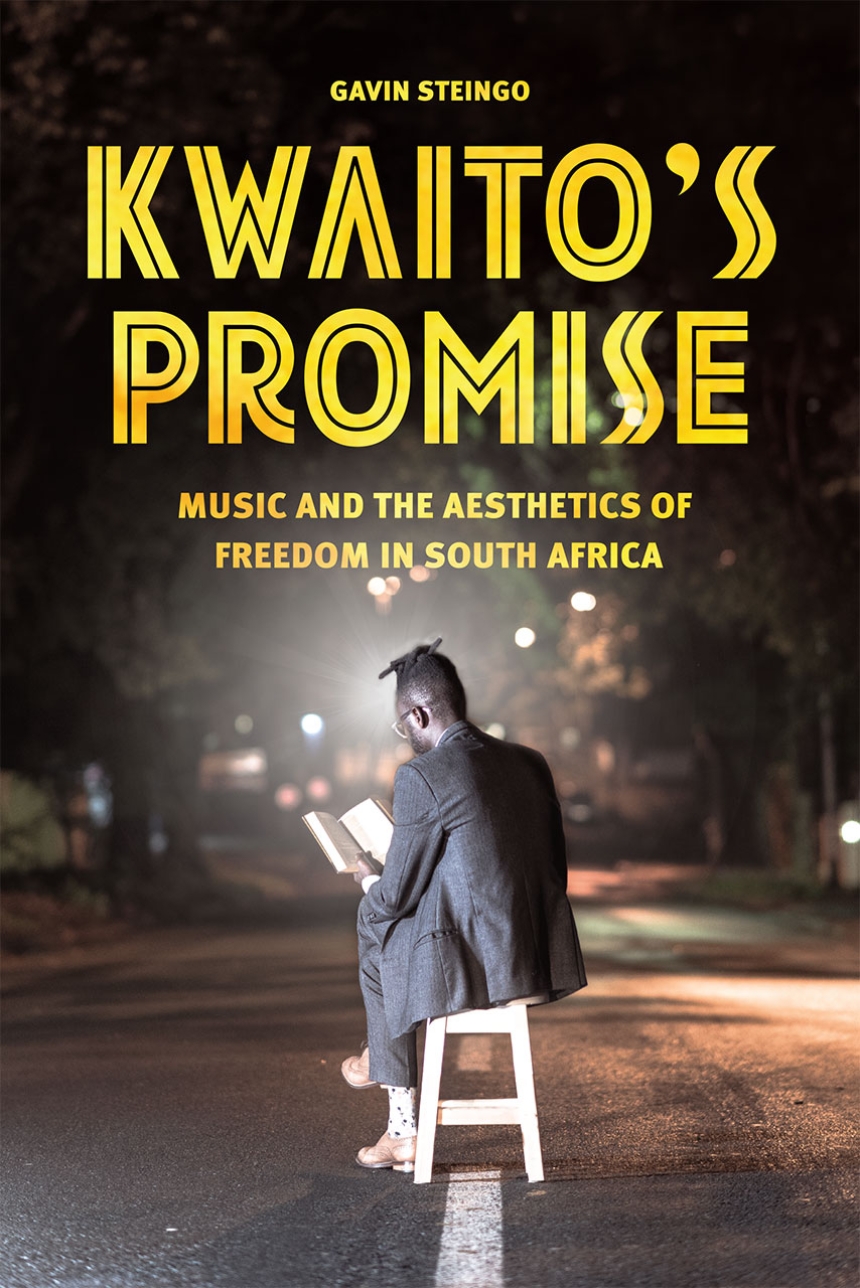Kwaito’s Promise
Music and the Aesthetics of Freedom in South Africa
9780226362540
9780226362403
9780226362687
Kwaito’s Promise
Music and the Aesthetics of Freedom in South Africa
In mid-1990s South Africa, apartheid ended, Nelson Mandela was elected president, and the country’s urban black youth developed kwaito—a form of electronic music (redolent of North American house) that came to represent the post-struggle generation. In this book, Gavin Steingo examines kwaito as it has developed alongside the democratization of South Africa over the past two decades. Tracking the fall of South African hope into the disenchantment that often characterizes the outlook of its youth today—who face high unemployment, extreme inequality, and widespread crime—Steingo looks to kwaito as a powerful tool that paradoxically engages South Africa’s crucial social and political problems by, in fact, seeming to ignore them.
Politicians and cultural critics have long criticized kwaito for failing to provide any meaningful contribution to a society that desperately needs direction. As Steingo shows, however, these criticisms are built on problematic assumptions about the political function of music. Interacting with kwaito artists and fans, he shows that youth aren’t escaping their social condition through kwaito but rather using it to expand their sensory realities and generate new possibilities. Resisting the truism that “music is always political,” Steingo elucidates a music that thrives on its radically ambiguous relationship with politics, power, and the state.
Politicians and cultural critics have long criticized kwaito for failing to provide any meaningful contribution to a society that desperately needs direction. As Steingo shows, however, these criticisms are built on problematic assumptions about the political function of music. Interacting with kwaito artists and fans, he shows that youth aren’t escaping their social condition through kwaito but rather using it to expand their sensory realities and generate new possibilities. Resisting the truism that “music is always political,” Steingo elucidates a music that thrives on its radically ambiguous relationship with politics, power, and the state.
320 pages | 12 halftones, 15 line drawings | 6 x 9 | © 2016
Chicago Studies in Ethnomusicology
Anthropology: Cultural and Social Anthropology
History: African History
Music: Ethnomusicology
Reviews
Table of Contents
Preface
Acknowledgments
A Note on Language
A Note on the Language of Race
1 The Struggle of Freedom
2 The Experience of the Outside
3 Platform, or The Miracle of the Ordinary
4 Immobility, Obduracy, and Experimentalism in Soweto
5 Acoustic Assemblages and Forms of Life
6 Black Diamonds
7 Times and Spaces of Listening
Epilogue
Notes
References
Index
Acknowledgments
A Note on Language
A Note on the Language of Race
1 The Struggle of Freedom
2 The Experience of the Outside
3 Platform, or The Miracle of the Ordinary
4 Immobility, Obduracy, and Experimentalism in Soweto
5 Acoustic Assemblages and Forms of Life
6 Black Diamonds
7 Times and Spaces of Listening
Epilogue
Notes
References
Index
